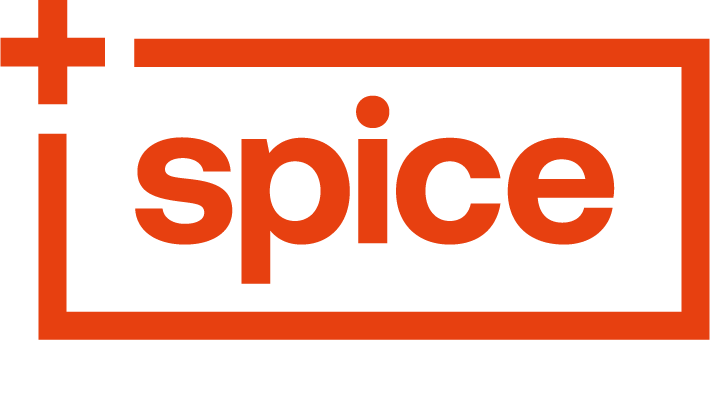
Each May, Pink Shirt Day shines a light on the dangers of bullying. And having just celebrated Pink Shirt Day, we figured now is the perfect time to explore this topic.
As much as we’d like to think we left the bullies behind when we graduated from school, we really didn’t. While no one is pulling your pigtails or stealing your lunch money anymore (we hope!), bullying is still occurring in many different settings.
Unfortunately, one of the most common settings can be the workplace.
Bullying is not just about name-calling or aggressive behaviour. It can take on many forms in an organisation.
It’s important to be aware of the danger signs of workplace bullying so that you can maintain a safe and inclusive space for your entire team.
Let’s explore the ways you can make that happen.
What Is Workplace Bullying?
The truth is that workplace bullying takes many forms – it can look really different from one example to the next. Some forms of bullying are overt, while others are more subtle. So, you need to stay aware of what is going on in your business.
In a nutshell, workplace bullying is repeated, unreasonable behaviour directed towards a single employee or a group of employees. Bullying behaviour will generally create a risk to the health, safety and wellbeing of the person being bullied- either physically or psychologically.
We should remember that bullying is not just having someone in a grump or raging around on a one-off bad day. It is persistent behaviour that makes another person in the workplace feel intimidated, humiliated or threatened.
Workplace bullying can include:
- Repeatedly yelling at someone or verbally abusing them
- Regularly excluding people from certain meetings or social gatherings
- Spreading rumours or gossip about people
- Not passing on key information so that someone purposefully fails
- Constant criticism or harassment
- Threatening the safety of someone’s job without cause
Workplace bullying is really dangerous. It can negatively impact your workplace culture, along with the wellbeing, productivity and mental health of your team members. That’s why it is vital to manage any risks to your team by stamping out any hints of bullying in your work environment.
How To Create a Psychologically Safe Space
A safe workplace environment is one where people feel safe to speak up and share ideas, a place where they can make mistakes without persecution, and also a space to be themselves without feeling embarrassed or excluded.
Achieving an environment like this will do amazing things for your business. Your team will want to come to work and give their all. Safe workspaces encourage a healthy culture and a productive place for great team performance.
Here’s how you can infuse psychological safety into everything you do:
Start with your Company Values
Your Values are the foundation of your workplace culture and help to shape the safety of your people within that culture. Think of it like this:
- Your Vision sets the long-term goal for your business
- The Mission outlines the plan for how you are going to get there
- Your Values shape how everyone in your team behaves to achieve your goals
When these three things are aligned, you have the ingredients for a collective focus, along with respectful and inclusive behaviour. With your values clearly articulated, everyone understands what good looks like – no excuses!
Tip: Values that encourage behaviours like kindness, respect and integrity ensure that everyone, from leaders to junior employees, will consistently strive for these qualities on the daily.
Create a Team Charter
Team Charters are a powerful way to unite your team. A charter includes the expectations for behaviour so that everyone can work better together.
It does that by providing your team with a shared understanding of how things are done in your workplace. If people step outside those expectations, then your Charter can help you address any behaviour not in line with your culture.
Tip: Develop your Team Charter together. If your people can be part of setting the rules and expectations for your business, they are more likely to follow them.
Craft a Code of Conduct
While your Team Charter contains the overarching principles of your business, a Code of Conduct is more of a formal guide for workplace behaviour. Right there in the name, a Code of Conduct sets the expectations for how people should conduct themselves while at work.
It outlines things like:
- How you would like people to behave – punctuality, respect, safety and all those other good things should be covered in your Code of Conduct.
- Conflict resolution – if a conflict should arise, your Code of Conduct can detail how to handle those moments or what to do if people have a difference of opinion.
- Rule breaking – When boundaries are crossed, your Code of Conduct should detail what the response and repercussions will be.
When you have a formalised Code of Conduct, people know what is acceptable, what isn’t, how they can speak up if they feel something isn’t right, and how things will be dealt with.
Tip: Make sure your Code of Conduct is well communicated and easy to find. Include it in every team member’s onboarding pack, in your Handbook if you have one, and store it in an accessible drive or folder.
Encourage Open Communication
You want to make it easy and safe for your team to openly communicate about everything, especially the hard things. If people are able to raise their concerns early, it can stop things from escalating.
There are plenty of ways you can create open communication channels. Regular one-to-one meetings, fostering inclusive discussions in team meetings, and providing clear (and confidential) ways for people to raise any issues.
It is also important to normalise the process of asking for help without fear. Let’s face it, we are all human, and at times, there will be mistakes or errors made. Your workplace should be an environment where people can admit mistakes, receive feedback, learn and move on from the situation.
To do that, management and team members need to be real with each other. Your leaders should model behaviour that shows they are human. You should create feedback loops that work from the top down, but also the bottom up, and it’s great to praise curiosity, questions and suggestions.
Tip: Encourage communication by making the environment safe for people to speak up about the things that are bothering them. If you are receptive to the small things now, it lays the foundation for communication about the big things later!
Let Your People Thrive at Work
When your people feel safe at work, they are more likely to be productive, innovative and loyal. Obviously, that all means great things for your business!
If your workplace culture is good and free from bullying, then your people can truly thrive. So, it is important to level up your workplace safety in the psychological sense.
Here at Spice, we are all about supporting businesses to support their people! Together, we can craft policies and practices that help your people feel safe and respected whenever they are at work.
Chat to us now about how we can make that happen.









 Love them or hate them, work Christmas parties are an important part of the end of year festivities. Often, they turn out to be some of the most memorable occasions of the year. Though not always for the right reasons. Office parties are infamous – both in movies and real life – for being the scene of scandals and hijinks that turn into office gossip well into the new year.
Love them or hate them, work Christmas parties are an important part of the end of year festivities. Often, they turn out to be some of the most memorable occasions of the year. Though not always for the right reasons. Office parties are infamous – both in movies and real life – for being the scene of scandals and hijinks that turn into office gossip well into the new year.